The Role of HR in a Continuous Improvement Organization: Employee Relations
(Reposted by permission of the author from LinkedIn)
I want to be brief today and give you the essence of how and why Employee Relations (ER) serves the employee. It all begins with the design. Where should the design begin? (pause) With the value adder. This is where the organization makes its money or provides its service. Building from these people makes sense because in our way of thinking you are either a provider of value or you support those who provide value.
In this situation you have a series of processes that in total provide what the customer wants. Each process is set up to flow smoothly and to capture quality for its portion of the process within its boundaries. Quality is clearly defined and each process has a standard work process that details the steps and how quality is achieved in every one of them. When there is a problem the process owner is taught to signal and when they do someone comes to them very quickly.
In this world there is support that oversees, without being supervision, called the Employee Representative. This ER is established to support the execution of process so that it flows in a manner that achieves the organization’s values and principles. This function will interact with the process owner, their supervision and their manager to achieve mutual trust and respect. They are trained in human interaction and intervene when there is an opportunity to improve the current interaction or to coach the supervision and management how to support mutual trust and respect.
This role is key for the organization to achieve process completion while making sure the supervision is properly trained and coach to accomplish mutual trust and respect. The supervisor is treated the same as the process owner while they are being coached. For the manager, the ER person is focused on ensuring that management is accomplishing their true North (satisfaction of the customer, development of all their employees and the creation of an environment that is safe and healthy).
Behind the manager is a system of goal deployment that is an aligned set of tasks that accomplish the goals of the organization. The manager has their own set of goals that support their superior’s goals. In turn, the manager deploys their goals down throughout their entire organization. Each of the goals are reviewed to determine if they accomplish the goals deployed to them and that they meet the values and principles of the organization.
ER’s role in this is to work with manager, supervisors and work teams to ensure that the commitment of the values, principles and impact of the goals meets the standards of mutual trust and respect and excellence in serving the customer. This is done in the context of continuous improvement as an active expectation of all employees
Supporting the ER at the process is the organization Employee Relations. They have several central processes that ensure all interactions between the company and the employee meets the standard of mutual trust and respect. They are responsible for communication at all levels of the organization, administration of the policies and the overall environment that an employee experiences. Each of the policies has oversight by Employee Relations and they are responsible to the Executive Committee to maintain an environment that allows the product to flow smoothly and that grows every employee to higher levels of performance.
Employee Relations employees are skilled in person to person interaction, problem solving (critical thinking, inquiry) and coaching. Each of these skills is utilized every day to create an atmosphere of no blame, development of all and accountability. Their challenge is to ensure that every role is performed with accountability, committed to solving problems and growth of the organization through its people. Each of these come into play as the organization strives to achieve solutions that are consented to. Employee Relations works diligently to find solutions to problems that keep the end goal (customer satisfaction and mutual trust and respect) have gained consensus and moved the organization toward success.
It is also Employee Relation’s role to keep the organization energized for continuous improvement through the recognition process. This usually occurs directly with the employees and usually through their supervision/management. However, the context is laid, and the connections are made through the communications process. Communications is challenged to share information openly and frequently while keeping the objectives of the organization present in all information.
Because the formal structure of the organization carries the mantel of power and authority, Employee relations is actively representing all employees so they will not feel powerless. Their voice and interaction with management and supervision must be heard and respected. Employee Representatives actively work to create a balance of perspectives by all sides of any issue being heard. This is a check and balance between the companies need to serve their customers and the employees need to be valued.
As you can see Employee Relations is key to the smooth flow of interactions leading to good relations. They are required in the organization I described to ensure a smooth flow of value to the customer and the employees.

 2019, Total Systems Development, Inc.
2019, Total Systems Development, Inc. 2019, Total Systems Development, Inc.
2019, Total Systems Development, Inc.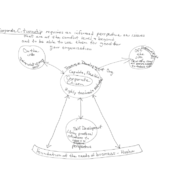
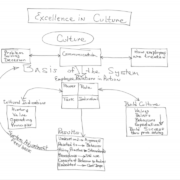 Total Systems Development, Inc., 2019
Total Systems Development, Inc., 2019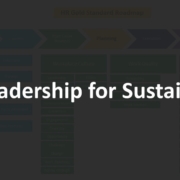 2019, Total Systems Development, Inc.
2019, Total Systems Development, Inc.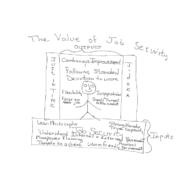
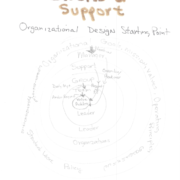 2019, Total Systems Development, Inc.
2019, Total Systems Development, Inc. 2019, Total Systems Development, Inc.
2019, Total Systems Development, Inc. 2019, Total Systems Development, Inc.
2019, Total Systems Development, Inc.